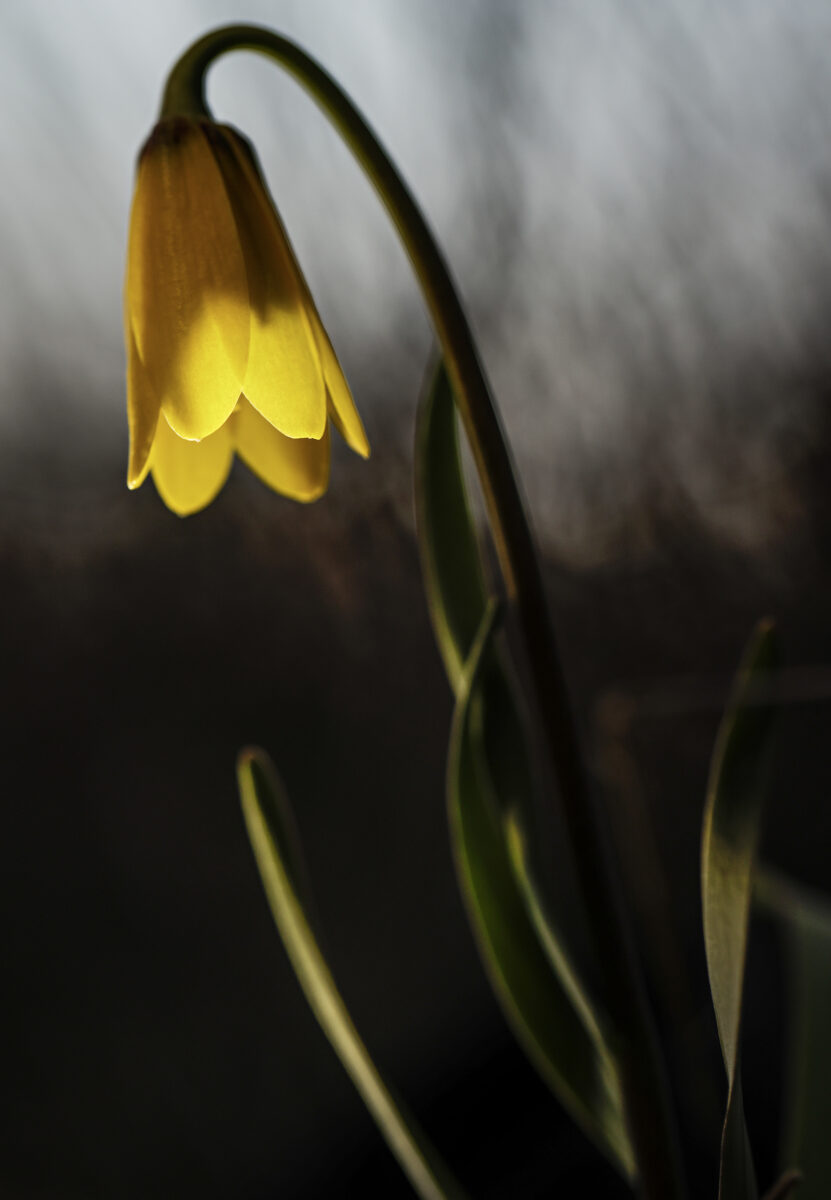
Blossoms Spring Eternal
A visual meditation on Montana’s flowers
Spring is a flexible concept in Montana. But it generally falls into some combination of two sub-seasons: mud season and second winter. The former makes one grateful for the advent of rubberized car floor mats, the latter sometimes means a pow day concludes with a few green-tinted St. Patrick’s Day beers on the ski hill.
Sooner or later, though, as the soil softens and sunshine swallows more hours of the day, Earth dons a succession of fresh hues.
The latent cynic in me scoffs at the cliché of spring flowers. A pedestrian and predictable symbol for the part of the year that conjures up such phrases as “the season of renewal” and “a time of rebirth” and other associated, nauseatingly cheerful, proclamations.
And no, the irony of my own unoriginality in penning a flowery photo essay for the spring edition of this magazine is far from lost on me.

I could instead justify a jaded diatribe about the inordinate resources invested in the cultivation and transportation of “desirable” flowers. Not to mention the energy poured into the eradication of ones deemed weeds. (Think Western civilization’s literal turf war with dandelions, which, unlike pampered daffodils or rhododendrons, are not poisonous and have notable nutritive value.)
But the romantic artist in me wins out most of the time, and he’s eternally mesmerized by the symmetry, vibrance and ephemerality of blossoms in the garden, on the lawn, and in the wild. He’s a sucker for flowers for flowers’ sake. Capturing them each year with the camera is an alpha brainwave-inducing pastime.
Montana boasts a marvelous spectrum of both native and non-native flowers. On the indigenous side, the yellow fritillary, or golden bells, are among the first bolts of color to brighten the drab terrestrial palette of the early months of the year. While another yellow-hued favorite, the sunflower, waits until the waning days of summer to beautify our roadsides.

Lupines, bitterroots, and pasque flowers occupy the cool sector of the color wheel, while it’s safe to peg Indian paintbrush as the star of the opposing vermilion slice.
A range of lenses were used to document this selection of floriculture, but my go-to for flowers is a 100mm prime f2.8 macro lens. Primes are smaller and lighter than zoom lenses, lending themselves to steep slogs in the alpine. A complementary option is a 20mm prime with a short minimum focus distance, as it’s wide enough to immortalize patches of wildflowers and the sweeping vistas in which they thrive. Add a beam of fill light or backlight with an off-camera flash, or even with the headlamp in your hiking pack, and one has all the tools needed for pleasing floral portraiture.




